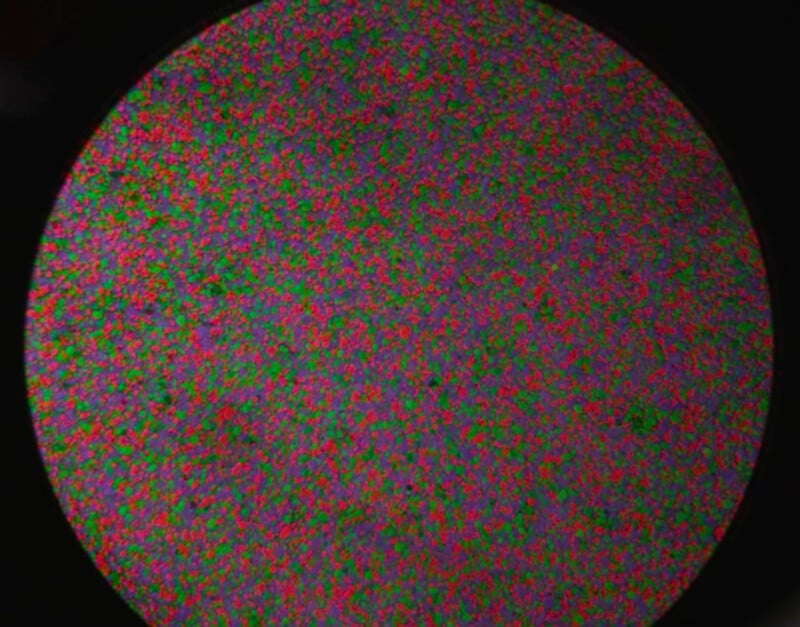Imply-spirited netizens refer to weak-high-quality shots as “potato quality,” implying that the derided photographer applied a potato instead of a camera. Kolari Eyesight puzzled, “What would take place if a photographer seriously did use a potato, however?”
To obtain out, the team set off on a journey that took them over and above the develop section of the nearby greengrocer and to Grand Rapids, Michigan, in which Kolari teamed up with autochromist and expert analog photographer Jon Hilty.
![]()
![]()
The target was to develop a 100 {9141b9fb46ef1fe08e850cdf18333f9b19cbfd00ac04c9f49c95b0632da46ee3} potato camera with a potato lens. Beyond the digital camera and lens, there need to be a signifies of recording images. Potatoes can obtain this feat, way too.
![]()
The autochrome method, invented in the early 20th century, makes use of microscopic purple, green, and blue-colored potato starch grains to document coloration plate visuals. Mild passes through the potato starch grains on top of the autochrome plate, which makes whole-coloration constructive transparencies. The Science and Media Museum clarifies the autochrome method in outstanding detail.

“Throughout the task, we seasoned quite a few fumbles and laughs, disappointments and triumphs. Some of our makes an attempt were effective, although many others fell brief. Nonetheless, we never gave up. We considered in our challenge and in the ability of potatoes,” claims Kolari Vision.
Ultimately, the crew proved the photographic power of potatoes. “We were capable to make real potato-high quality photos that were being in contrast to something else in the earth,” Kolari says. The starchy shots capture the “charming quality” of the potato.
![]()
Despite getting April Fool’s, and the web joke origins of a potato camera, the camera by itself is genuine, and Jon Hilty’s knowledge is unbelievable.
The undertaking also brings focus to the autochrome photographic system, which was an incredibly amazing development in the record of images, and based mostly on Hilty’s perform, even now obviously a potent implies of creative expression.

Past autochrome images, Hilty functions with other distinctive and experimental analog processes, such as wet plates, gum bichromate and cyanotypes, bromoil, pinhole, Lippmann plates, Daguerreotypes, and a lot more.
For viewers impressed by the potato camera, Hilty wrote an exhaustive a few-element tutorial that will instruct photographers every little thing they need to have to know to make autochrome prints, potato not bundled.
Picture credits: Kolari Vision and Jon Hilty
